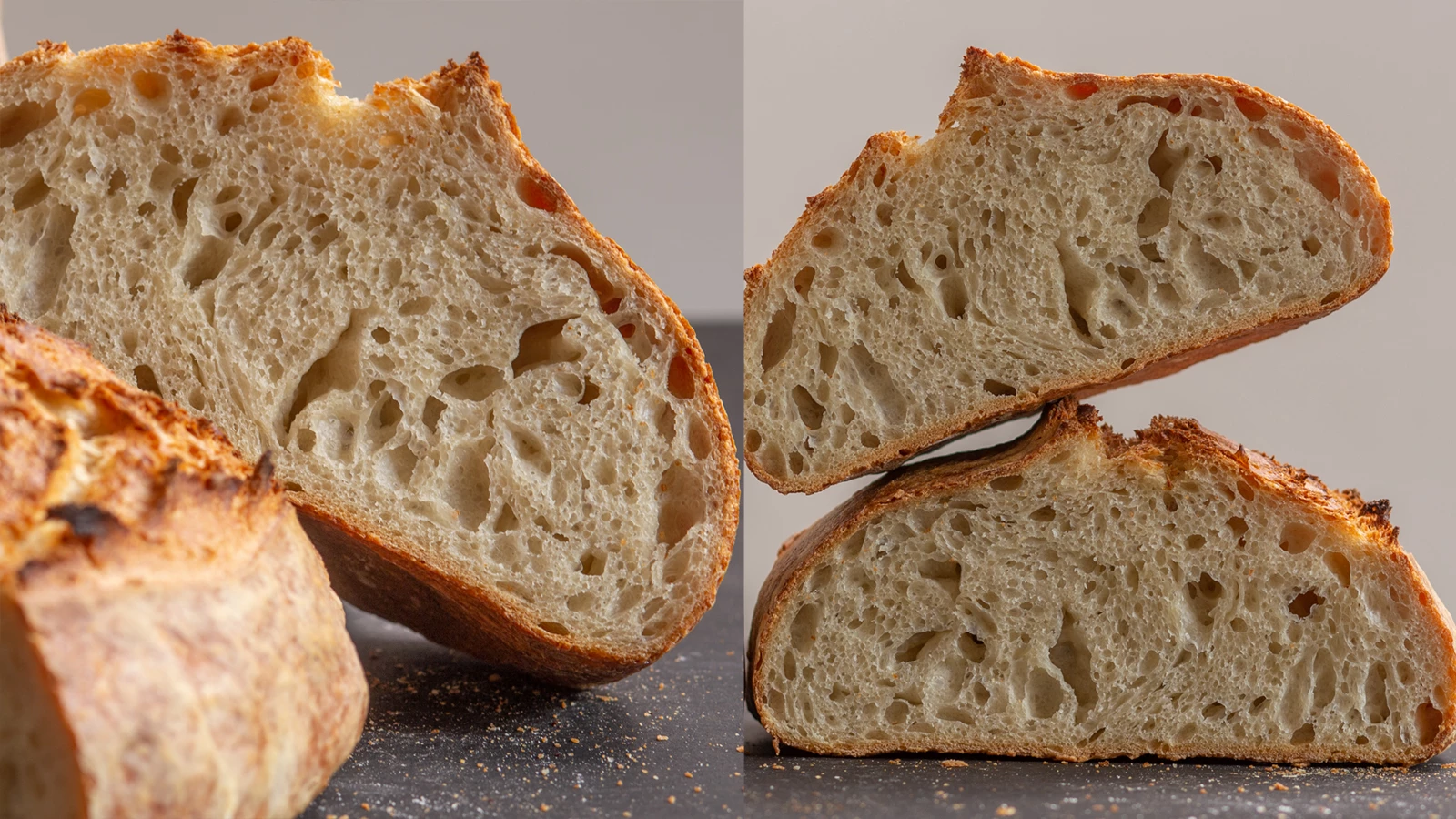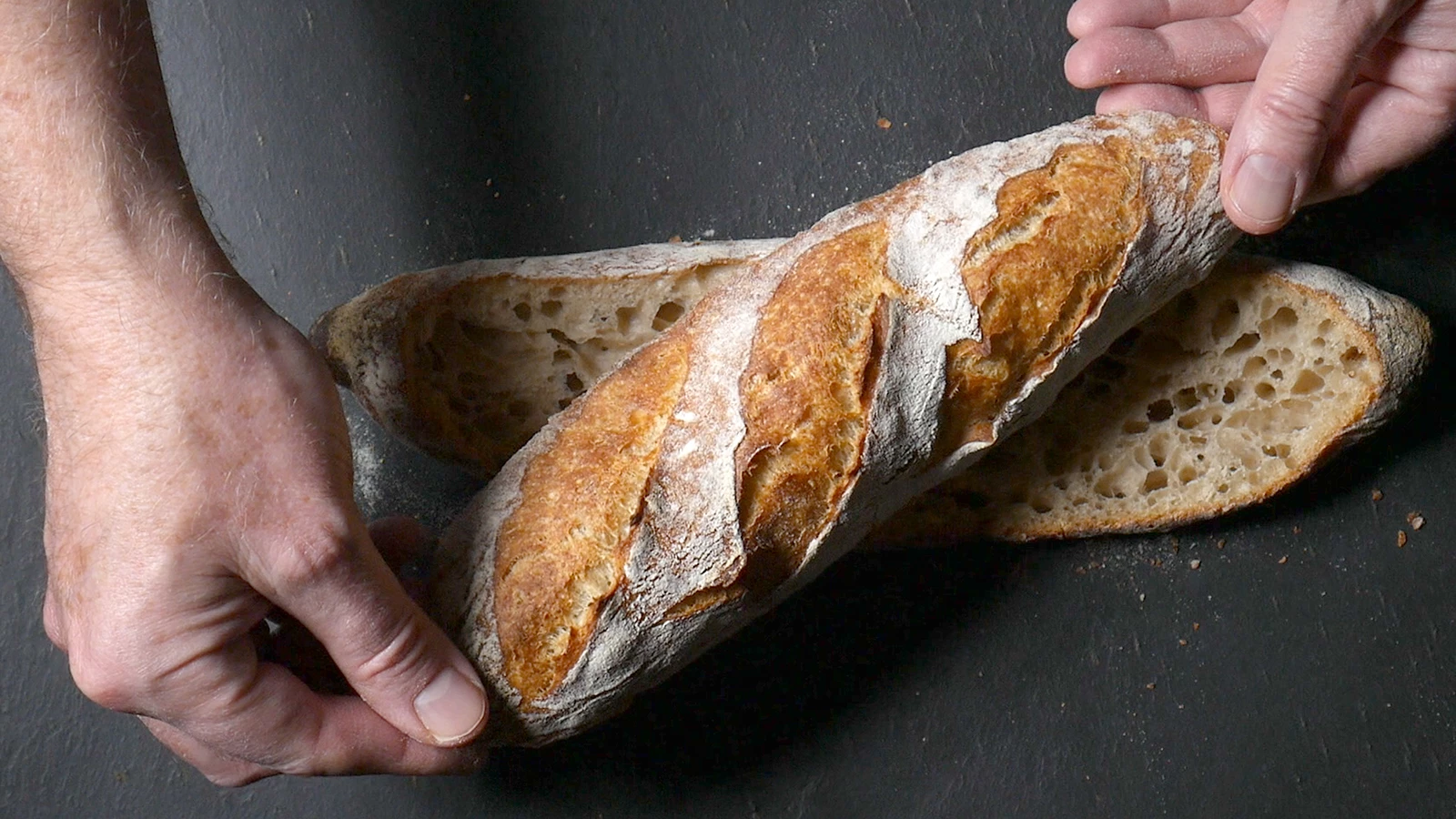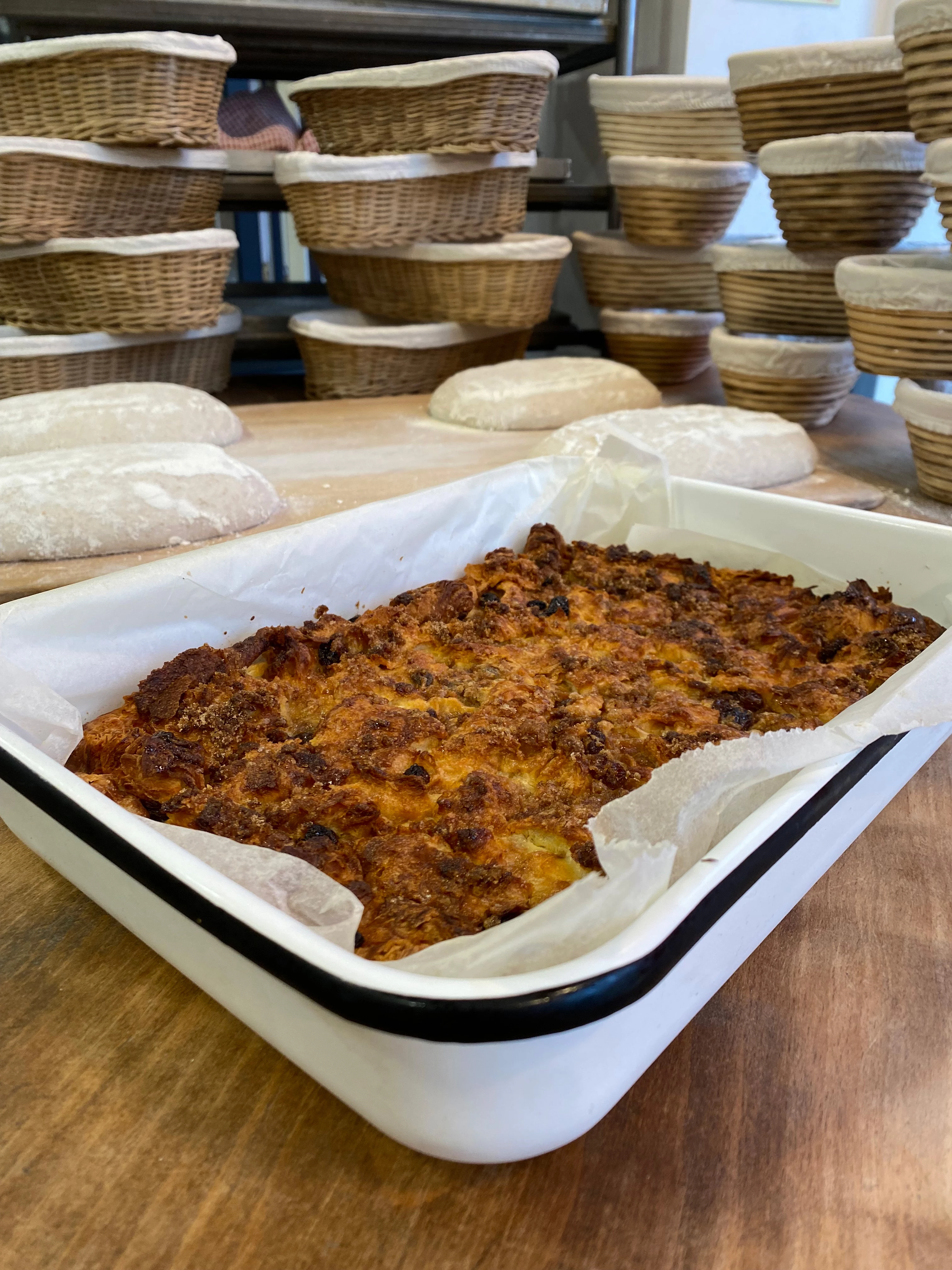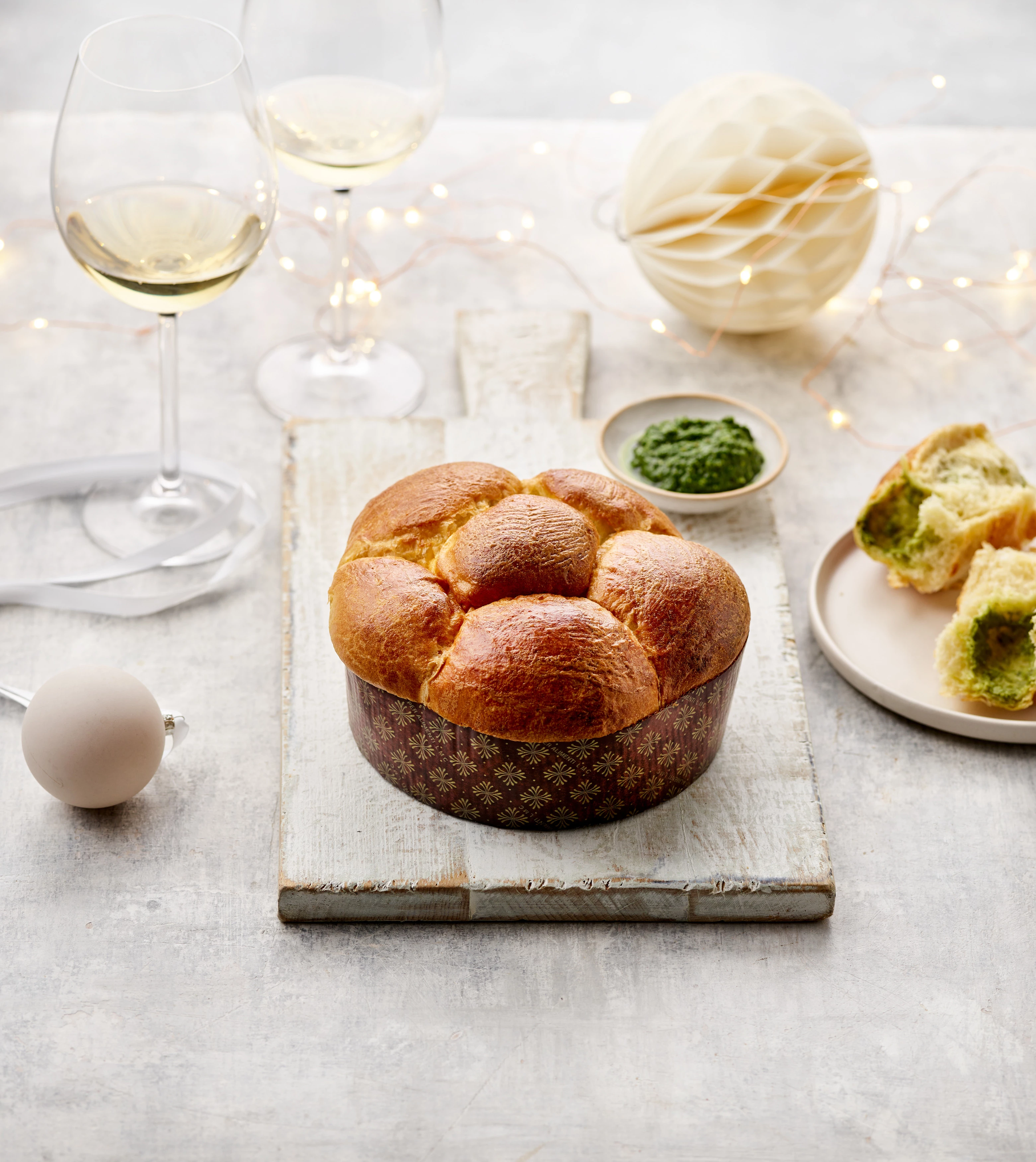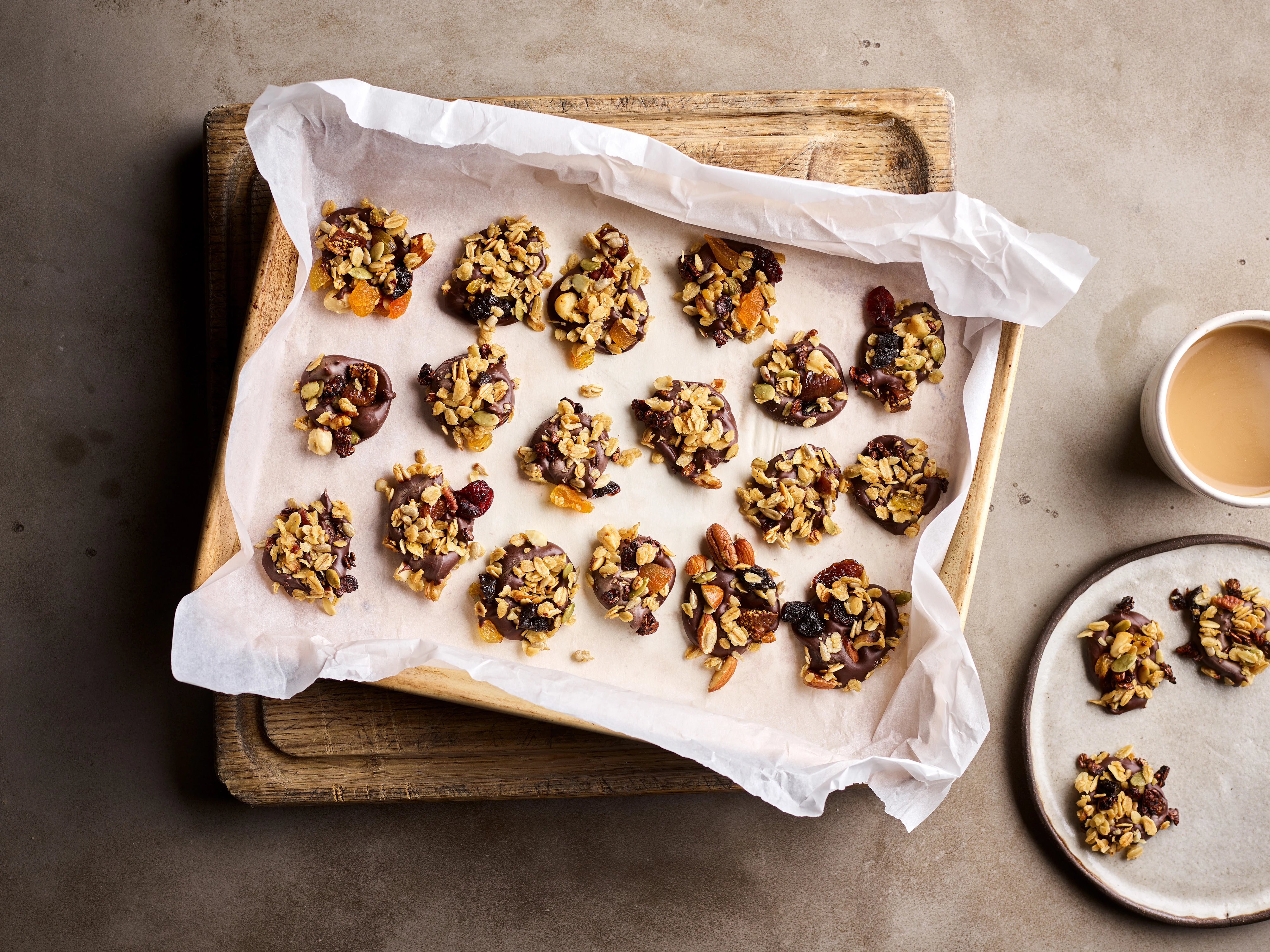Ingredients
100g cider (around 5% alcohol or less, no more)
200g warm water, about 25C
1 tsp fast action yeast, Saf Gold Instant Osmotolerant Yeast is ideal
400g Heritage Harvest Organic Roller-Milled White Flour
7g salt, like Sea Salt Original Crystals
In this new age where we’re either used to lockdown or feeling less inclined to travel, I find myself thinking more about the journey ingredients take to get from the field to my table. The grain used to make flour is no exception. It used to be said, until not so long ago, that all of us, the world over, could only make fine bread from high-gluten Canadian wheat varieties. And we believed it, mostly, even though hundreds of years of evidence – from Old Master still life paintings through to the early days of photography – showed us images of great looking loaves, made from what today we’d call “Heritage Grain”. These grain varieties became almost extinct as their characteristics - for example, growing requirements, yield, colour, protein levels and natural sugars - became less desirable to farmers, millers and most importantly, the big buyers of grains around the world.
Even today, many artisan bakers who would describe themselves as utterly traditional only make bread that is wholly dependent on the extensibility, resilience and reliability of modern wheat varieties. But there is a new band of artisan bakers growing in number who are challenging this view, and starting to celebrate older wheat varieties, with grain festivals around the world and, within the bakery, sourcing heirloom grains even if they have to mill them in-house, just to explore these heritage grains' characteristics.
Here at BakeryBits, together with renowned miller Shipton Mill, you can explore and enjoy these wheat varieties for yourself. The flour in each bag is skilfully milled by Shipton from over 150 varieties of mostly British heritage wheats, organically grown together in the same field, as they would have been in previous centuries. In using this flour, you are tapping into that heritage of wheat, just as it would have been farmed in Britain before the modern industrialised hybrids took over.
These are delicate flours that require gentle handling during the rising process, as they have less resilient proteins, so they cannot be pushed to extremes like modern hybrid varieties. However, what you gain is a more complex flavour, potentially more diverse microflora in your sourdough, and a real connection with the way dough would have been handled and baked in other centuries.
I’ve kept it simple in this recipe and combined Heritage Harvest organic roller-milled white flour with Sheppy’s Somerset cider, in a yeasted loaf that is easy to make and great to eat.
Makes one approximately 600g (baked weight) loaf
Method
Pour the cider and water into a bowl, then sprinkle in the yeast. Whisk well until the yeast has dissolved. Next add the Heritage Harvest Organic Roller-Milled White Flour and mix well so there are no obvious lumps.
Cover the bowl, leave for 10 minutes then sprinkle on the salt and mix in lightly. The dough will be given several stretch and folds as it rises, which will help distribute the salt through the dough, so you don;t need to overwork it at this stage. Cover and leave the bowl for 1 hour.
Lightly oil or wet your hand then stretch and fold the dough in the bowl. Repeat this at 1-hour intervals twice more or until, you see clear signs of aeration in the dough.
Next, lightly dust the work surface with flour, and shape the dough to fit a banneton with an additional floured muslin lining, or use a flour-rubbed tea towel and a loaf tin as a makeshift proving basket. Leave to rise with the seam-side upwards.
Note: If you want to develop the flavour and crust colour more, you can also place the banneton with the dough in the fridge overnight, covered.
To bake the loaf, heat the oven to 220C fan, and have ready a tray or your baking dome. If your dough seems very soft and flowing in the basket, you can place it in the freezer for 45 minutes to firm the crust; this makes it more stable when you tip it onto the tray or baking dome base. Turn the loaf out onto the tray or dome base, peel off the cloth and slash it. Cover with the baking dome, if you’re using one, or add steam to the oven if you aren't, and bake for 30 minutes, then rotate the loaf on the tray (and remove the dome) and bake another 15–20minutes until it’s the colour you prefer: I go for something still fairly golden, here. Remove from the oven and leave to cool on a wire rack.
Recipe by Dan Lepard.

